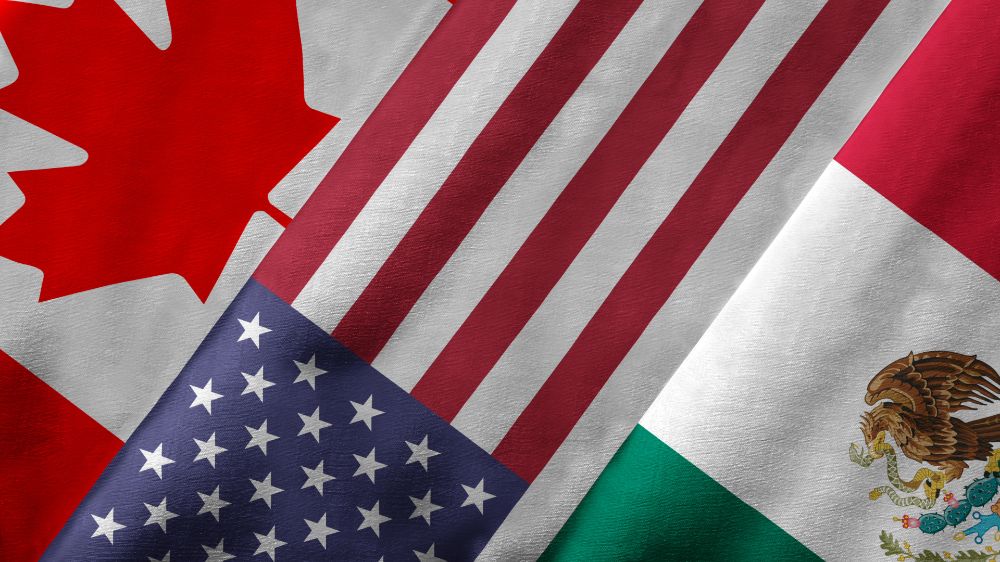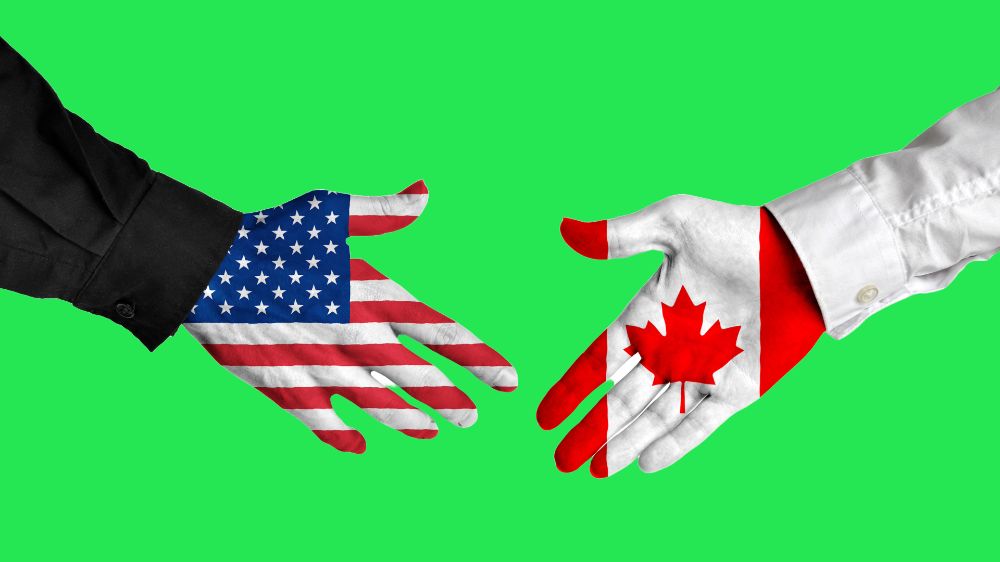What Was the North American Free Trade Agreement?

The North American Free Trade Agreement (NAFTA) was a trade agreement between three countries: the United States, Canada, and Mexico. It came into effect on January 1, 1994, and lasted until July 1, 2020, when it was replaced by the United States-Mexico-Canada Agreement (USMCA).
NAFTA was designed to make trade easier, cheaper, and fairer between the three countries. It’s like a deal among neighbors who agree to remove barriers that make trading goods and services difficult or expensive. But what exactly did these countries agree to, and how did they benefit? Let’s break it down in simple terms.
What Did the Agreement Do?
At its core, NAFTA created a free trade zone across North America. This means that the three countries agreed to trade with each other without charging certain taxes or tariffs (extra costs added to imported goods). Here’s how it worked:
-
No Tariffs on Most Products:
Each country agreed not to charge tariffs (taxes) on most goods that were traded between them. For example:- If the U.S. bought cars from Canada, no extra fees were added.
- If Mexico exported avocados to the U.S., the U.S. didn’t charge a tax on them.
-
Easier Rules for Trade:
NAFTA simplified complicated customs procedures, making it quicker and cheaper to send goods across borders. -
Protecting Investments:
The agreement made rules to protect businesses that invested money in another NAFTA country. For instance, a U.S. company opening a factory in Mexico was protected from unfair treatment by Mexican laws. -
Opening Up Services and Jobs:
NAFTA also made it easier for services (like banking, transportation, or consulting) to work across borders. It created new opportunities for jobs by boosting industries like manufacturing, agriculture, and energy.
Benefits for Each Country
NAFTA benefited the U.S., Canada, and Mexico in different ways. Let’s look at how each country gained:
1. Benefits for the United States
- Access to Cheaper Goods: Americans could buy more affordable products, like cars, fresh produce, and electronics, because of lower tariffs.
- Export Opportunities: U.S. businesses gained better access to Canada and Mexico, which became two of its largest trading partners. For example, American farmers exported corn, soybeans, and meat to these countries.
- Manufacturing Growth: Many U.S. companies set up factories in Mexico, where labor costs were lower, allowing them to save money and stay competitive globally.
2. Benefits for Canada
- Stronger Trade Ties: NAFTA solidified Canada’s role as a key trading partner for the U.S. and Mexico, making it easier to sell products like timber, oil, and cars.
- Boost to Energy Exports: Canada exported a lot of oil and natural gas to the U.S. without tariffs, benefiting its energy sector.
- Jobs and Investment: Canadian industries, like manufacturing and technology, grew because they could sell more to the U.S. and Mexico.
3. Benefits for Mexico
- Job Creation: Many factories (called maquiladoras) were built near the U.S.-Mexico border to produce goods for export, creating millions of jobs.
- Access to U.S. and Canadian Markets: Mexican farmers and manufacturers could sell products like fruits, vegetables, cars, and electronics without tariffs.
- Investment in the Economy: NAFTA encouraged foreign companies (especially from the U.S.) to invest in Mexico, boosting the country’s economy.
What Did the Countries Agree NOT to Do?
NAFTA wasn’t just about what the countries agreed to do—it also included agreements about what they would not do. Here’s a summary:
-
No Tariffs on Most Goods:
The three countries agreed to eliminate tariffs on most products traded between them. This was phased in over several years. For example:- By 2008, almost all tariffs on agricultural products were removed.
- There were no tariffs on manufactured goods like cars, electronics, and machinery.
-
No Unfair Trade Barriers:
They agreed not to create rules or policies that would unfairly block imports from one another. For example, the U.S. couldn’t make strict new rules just to keep out Canadian lumber. -
No Discrimination Against Foreign Businesses:
Each country agreed not to treat companies from the other two countries unfairly. If a Canadian company set up shop in the U.S., it had to be treated like an American business. -
No Quotas:
Quotas are limits on how much of a product a country can import. NAFTA largely eliminated quotas, so businesses could trade as much as they wanted without restrictions.
Examples of How It Worked
Let’s look at a few examples to understand NAFTA in action:
- Agriculture:
Before NAFTA, U.S. corn exported to Mexico faced a tariff. After NAFTA, the tariff was removed, making U.S. corn cheaper in Mexico. This was great for American farmers, but it also led to competition for Mexican corn growers. - Automobiles:
A car made in Canada could include parts from the U.S. and Mexico. NAFTA allowed these parts to move across borders without tariffs, making car production more affordable. - Electronics:
A U.S. company could design a smartphone, have it assembled in a Mexican factory, and sell it in Canada—all without paying extra tariffs along the way.
Did NAFTA Have Any Downsides?
While NAFTA had many benefits, it also came with challenges:
- Some U.S. manufacturing jobs moved to Mexico, where labor was cheaper, leading to job losses in certain industries.
- Mexican farmers faced tough competition from subsidized U.S. agriculture.
- Environmental groups criticized the agreement for encouraging industries to move to countries with less strict regulations.
NAFTA was a groundbreaking trade agreement that made it easier for the U.S., Canada, and Mexico to trade goods and services. By eliminating tariffs and simplifying trade rules, it boosted economies, created jobs, and made products cheaper for consumers.
Though it had some downsides, the agreement was a major step toward creating a more connected North American economy. Today, its legacy continues under the USMCA, which builds on NAFTA’s foundation. Understanding how these agreements work helps us see the important role trade plays in everyday life!
PDF of The 67 American Products to Boycott If Tariffs Against Canada Are Implemented
How to Boycott 67 US Products to Combat Tariffs Against Canada
How To Replace 67 American Products You Use With Canadian Products

